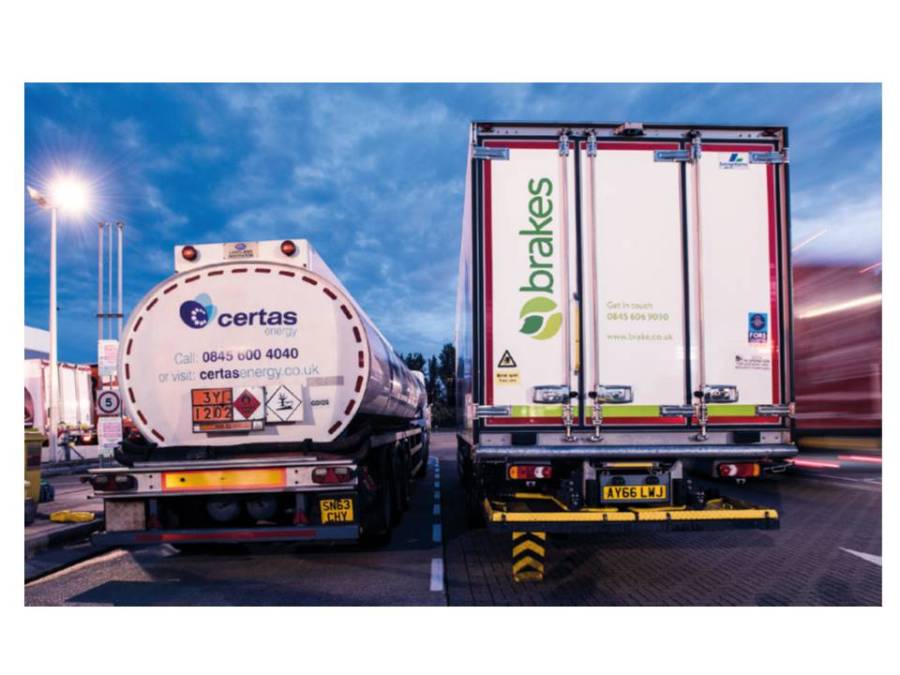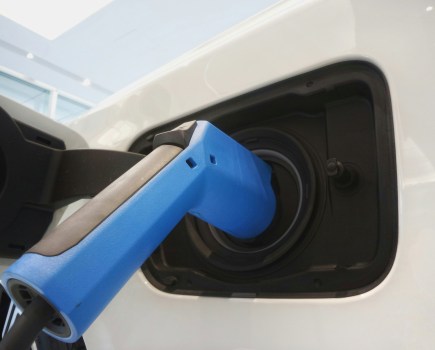The EU forecasts that oil products will still represent 86 per cent of energy sources in 2050, despite investment in renewables. It also predicts the transport sector is expected to remain the largest contributor of carbon dioxide (CO2) emissions, consuming 32 per cent of total energy demand, as reported by Brian Worrall of Certas Energy.
The industry therefore remains under intense pressure to reduce emissions now and into the future.
But with the implications of ever changing policy and the uncertainty of Brexit to deal with, a catalogue of different fuels to explore, and no clear direction from the government, knowing which way to turn represents a real challenge.
New research reveals that while there is certainly an appetite for alternatives among fleet and haulage businesses – with 74 per cent considering sourcing alternative fuels in the next 12 months – the majority remain reliant on conventional fuel.
Almost three out of four businesses currently use diesel, suggesting a large proportion of the sector has yet to find a fuel type they believe confidently addresses the required criteria for a viable energy solution.
Besides cost savings, fleet and haulage representatives place the highest priority on finding alternatives that reduce emissions, odours and are biodegradable.
The research confirms electricity remains recognised as the most sustainable alternative by the majority (30 per cent) of respondents. Yet over a quarter (26 per cent) still believe diesel to be the most sustainable fuel type, and 21 per cent were unable to even identify the most sustainable solution, revealing a lack of understanding surrounding the evaluation of potential alternatives.
A liquid fuels future
Electrification is an integral part of the government’s commitment to sustainability and key to reducing emissions of harmful environmental pollutants. However, it’s still a long way from delivering zero-emission mobility.
The focus when assessing the sustainability of fuels is often on ‘tank to wheel’ – the emissions released when the fuel is used in an engine.
However, incorporating how the fuel is produced – a ‘well to tank’ approach – offers a more complete view that accounts for the fuel’s entire lifecycle.
For example, if electricity used to power vehicles is generated using coal, is it truly a sustainable solution?
It’s clear there is no single solution to overcome air quality issues and there remains an over-reliance on conventional fuels.
While electrification will become a more critical part of the energy mix as infrastructure and battery cell technologies improve, it is likely the world will need liquid fuels to power its vehicles for longer than envisaged.
Unlike electrification, alternative liquid fuels are already widely available and have been developed to reduce our dependence on diesel and petrol. Alternative fuels seek more significant sustainability benefits through the use of greener energy sources and innovative production methods.
Some of their key characteristics include lower emissions of nitrogen oxides (NOx), particulate matter (PM), methane, carbon monoxide (CO) and CO2, as well as renewability and biodegradability.
A number of different compositions make up the alternative fuel landscape, including hydrotreated vegetable oil (HVO), biofuels, compressed natural gas (CNG), liquified natural gas (LNG) and gas-to- liquid (GTL).
However, knowledge of these different solutions is low. While there is relatively high awareness of alternatives such as LNG(56 per cent), CNG (47 per cent), biodiesel (58 per cent), electric (57 per cent) and HVO (51 per cent), other alternatives are going under the radar.
One example is GTL – known to only 21 per cent of fleet and haulage representatives. While these statistics suggest awareness of GTL is low, it is equally worthy of consideration in the alternative fuels mix.
Test show it is capable of immediately cutting NOx, PM, CO and hydrocarbon levels while producing less noise, smoke and odour.
Busting the myths
The low overall awareness of alternative fuels and their benefits, as well as misconceptions around their adoption, could be holding the maintenance periods and enabling more deliveries with fewer vehicles, this has created another unexpected benefit: a fuel economy improvement of
0.4 mpg.
With fuel costs amounting to as much as 35 per cent of total fleet operating costs, a solution that helps deliver even a small increase in efficiency has the potential to make a big difference to an operator’s bottom line.
The widespread use of diesel in the transport industry is at odds with ambitions to improve air quality and the health and safety of HGV drivers across the country. While greenhouse- gas-neutral technologies may seem distant, alternative fuels are available to immediately support the transition to a
low-emission future.
With a compelling range of benefits, alternative fuels can help transport businesses make real and lasting improvements to air quality, the environment and the wellbeing of our communities.
More info
To discover the case for a liquid fuels future, download The Alternative Guide to Navigating the New Energy Mix from http://bit.ly/alt-fuel-guide






